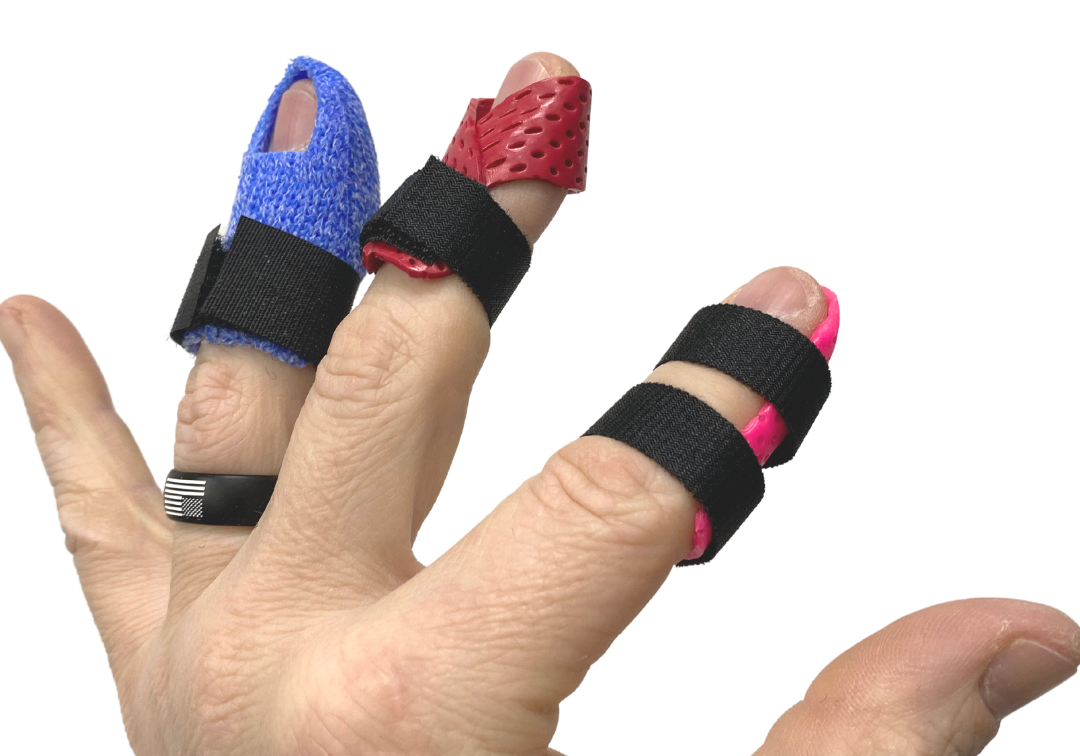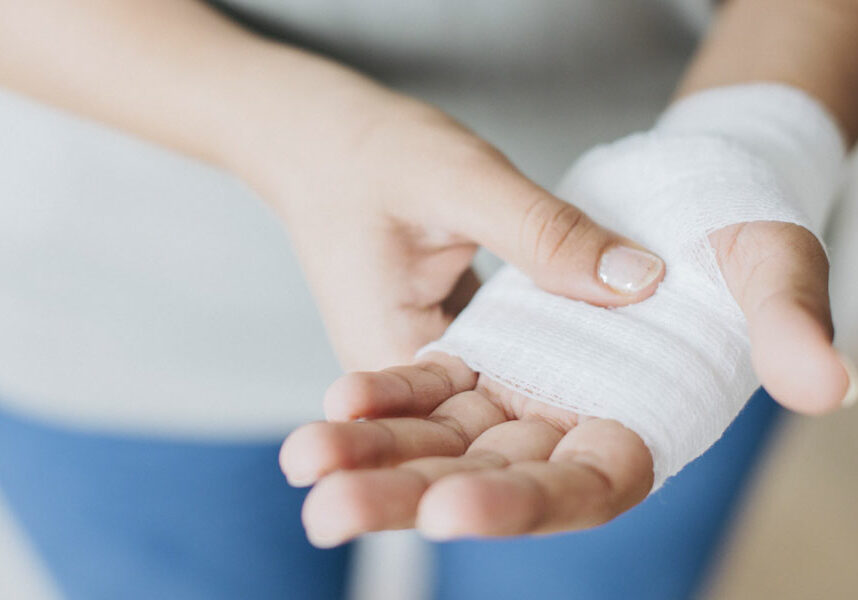Flexor tendon rehabilitation in the 21st century: A systematic review
Filed under Treatments
Neiduski, R. L. & Powell, R. K. (2019). Flexor tendon rehabilitation in the 21st century: A systematic review. Journal of Hand Therapy, 32, 165-174.
The Skinny
The objective of the study was to determine if there was evidence to support 1 type of exercise regimen. Exercise regimens reviewed include place and holds, early passive or true active. The inclusion criteria included anything published after the year 2000 and study outcomes measure had to include range of motion.
The articles were grouped into three separate categories and these included
- Early passive (which included Kleinert protocol and Duran Protocol flexor tendon repair)
- Place and holds- includes isometric hold of the involved digit in flexion (Indiana protocol flexor tendon repair)
- True Active range of motion: those who initiated early active movement within the first week
In the Weeds
Of the 241 articles identified only 9 meet the inclusion criteria and only 8 were on adults. Of the eight, 4 compared early passive motion to place and holds. These studies yielded that places and hold had better results than passive range of motion protocols.
The remaining 4 compared early active motion flexor tendon protocol with a least one other range of motion protocol. No definitive conclusions could be made.
Brining It Home
Only one of the articles clearly stated a repair strength of 4 strands should be utilized when initiating early active. Meaning if you only have a 2-strand repair, it is not safe to perform early active. It is important to review the literature on repair strength before advancing the patient. Many of the patient’s outcomes measures were all performed at the 12-week mark which does not consider those patients who may have had gapping and late rupture.
The review supported using place and holds over passive flexion protocols. This information conflicts with the work done by Dr. Lalonde showing a buckle and jerk at the edge of the pulley with performing place and holds.
No support could be drawn as to if early active was superior to place and holds.
No strong conclusions could be made based on the review as to which exercise regime yields the best outcome.
The article review is helpful in knowing that despite recommendation for early active motion we do not have high level evidence supporting its use. However, this does not consider clinical experience and expert opinion. It is believed that early active is the superior intervention based on recommendation by the American Association of Hand Surgery and the Maintenance of Certification. The literature review leaves you with several questions as to which treatment to utilize in the clinic. It is difficult to compare post-operative exercise regimes as there are many variables to account for in treating flexor tendon repairs. Treating flexor tendon injuries is truly the blending of science and art.
More To Read
Our Favorite Mallet Finger Splints
By: Josh MacDonald Fabricating a custom splint for a mallet finger injury is challenging. Fingers are tiny and they have small tolerances for errors and adjustments with custom splints. Making a splint for a mallet finger injury is probably the hardest type of finger splint for a therapist to make. Treatment recommendations vary, with some…
Read MoreGot Wounds? How to manage them as a Hand Therapist.
Wound care is messy. It can be intimidating and scary with so many variations of wounds (for example, white skin around wounds) and so many products out there, it is hard to know what to use, when to use it, and how to use it. If you go to a wound care conference, you’ll spend most of…
Read MoreTherapeutic Interventions and Contraindications of Cupping
By Kaylen Kallander Cupping therapy is used to apply negative pressure to a localized area of muscular or neurological pain to relieve nerve pressure and increase blood flow to an affected area. This modality is commonly used for athletes, but is also a frequent treatment in physical therapy, occupational therapy, or hand therapy. While cupping…
Read MoreSign-up to Get Updates Straight to Your Inbox!
Sign up with us and we will send you regular blog posts on everything hand therapy, notices every time we upload new videos and tutorials, along with handout, protocols, and other useful information.





